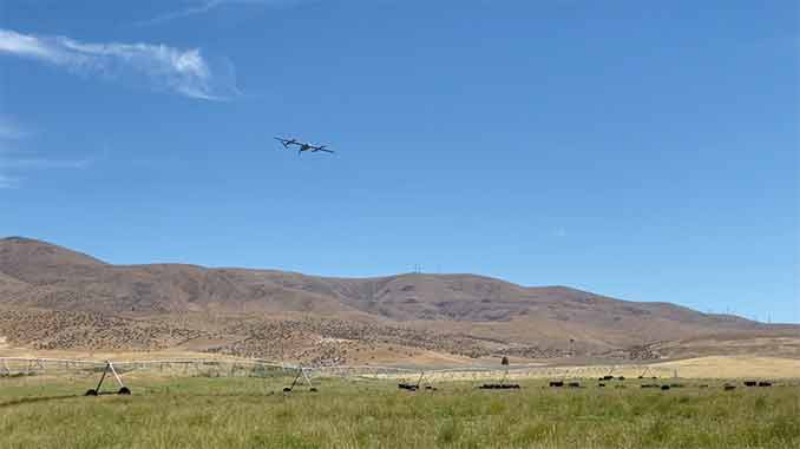Working under an expedited timeline to deliver a platform that would improve the endurance and acoustic signature of UAS in austere environments, Zepher’s Z1 VTOL sUAS successfully completed a hydrogen-powered flight last week.
This critical testing target for the prototype comes after successful hover tests this past spring, followed by subsequent transitions into forward flight this summer. The development and product realization plan has included advanced hardware-in-the-loop simulations, subsystem component flight testing on surrogate platforms, and iterative design/build/test cycles to ensure optimized performance and durability. The result is a reliable UAV built to military standards.
“Every facet of the Z1 product is being reimagined from the perspective of the modern service member and the military’s current technology challenges in order to achieve advancements in UAS performance and utility,” notes Adam Stolz, VP Programs. “Reaching this point in the project is a significant step in our larger pursuit of pushing the boundaries of UAS development to realize new innovations for hyper-enabled operators and peer conflicts.”
A key element of the buildout has been the incorporation of a hydrogen fuel cell powered variable pitch propeller, the first of its kind for a Group 2 UAS. This system provides advanced endurance, acoustic signature, flight control, and durability characteristics.
Zepher expects to showcase the prototype for agencies including USASOC later this fall and release an initial product by early 2022. Founded in 2003, Zepher’s team has expanded from 3 to 51 full-time partners and has helped to solidify the Columbia River Gorge region at the Washington/Oregon border as an innovation hub for UAS.
The Z1 program is an important step in the evolution of Zepher’s position within the industry.
Source: Press Release

